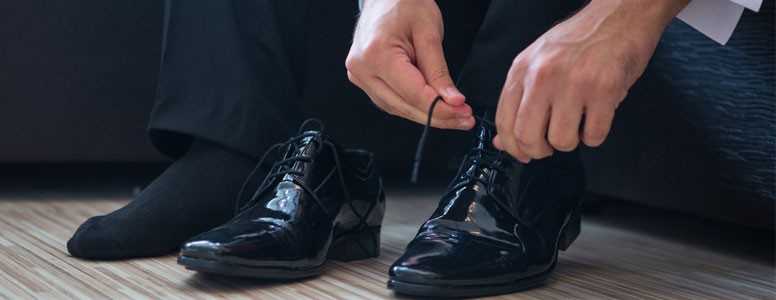Doctors treating people with diabetes should consider their weight when choosing inner soles for them to avoid future foot problems, a new study reports.
People with diabetes are more at risk of foot complications because raised blood sugar levels can cause circulation and sensitivity problems.
Previous studies have shown stiffer material can help cushion a person’s foot which might influence how well they respond to treatment.
Now a team from Staffordshire University has gone a stage further, analysing different materials alongside Body Mass Index (BMI) and foot pressure.
They hoped to demonstrate that a one-size-fits-all approach is not the right course of action to treat everyone.
Using a variety of mechanical tests they developed 3D-printed models of the heel and feet of 10 healthy adult volunteers. Pressure measurements were then taken of the entire foot area.
They found the greater the BMI, more stiffness was needed in the material used to cushion the person’s feet and pressure. During standing and walking, stiffness could be eased by at least 16 per cent and 19 per cent, respectively.
They also found that the type of material used also had different results when comparing active people to those who were more sedentary.
Dr Panagiotis Chatzistergos, who led the research, said: “Using different material to minimise pressure could further enhance the offloading capacity of therapeutic footwear and orthoses, as long as it doesn’t have a detrimental effect on gait and postural balance.”
Dr Nachiappan Chockalingam, who leads the clinical biomechanics team at Staffordshire University, said: “Our work focuses on prognosis and prevention of diabetic foot complications in addition to effective treatment options. We strongly believe that this study will influence the material selection process for any prescription footwear.”
The findings have been published in the Springer journal Annals of Biomedical Engineering.
What's new on the forum? ⭐️
Get our free newsletters
Stay up to date with the latest news, research and breakthroughs.





